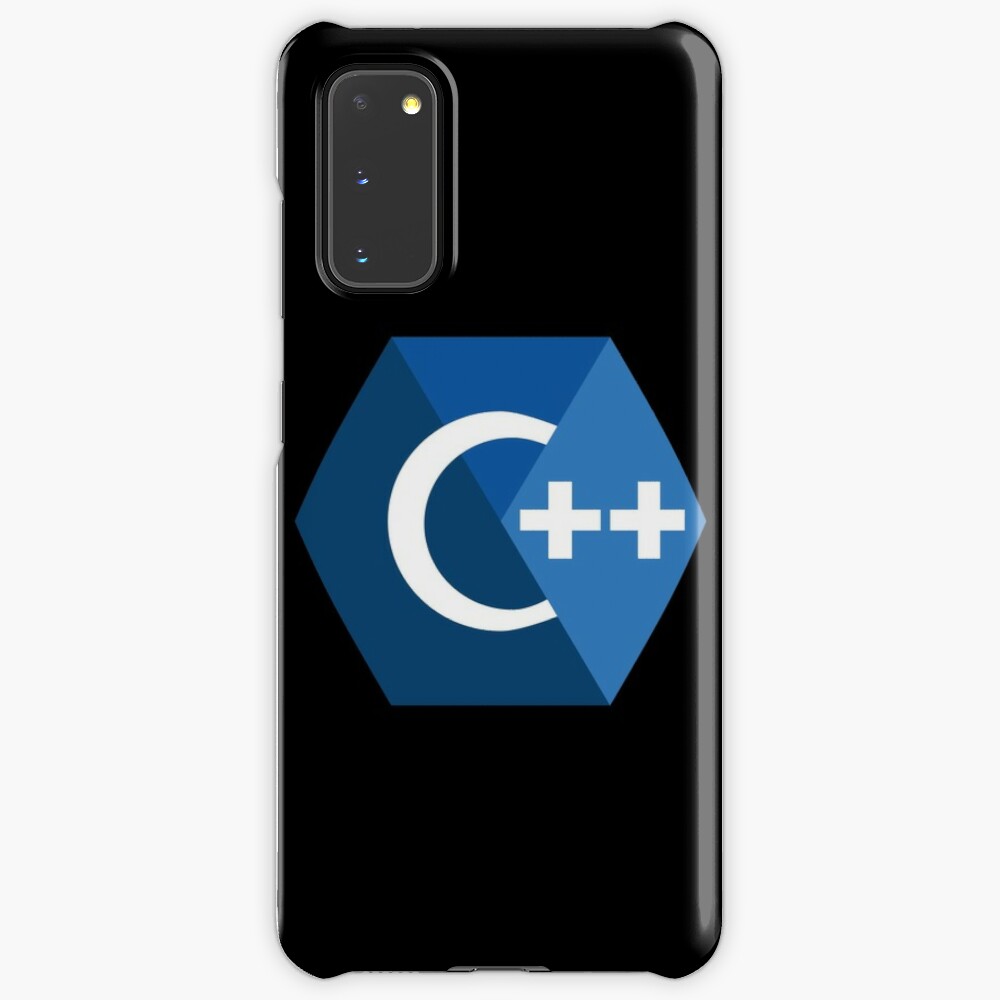Visual and Codeless Programming in C++
Academically visual programming describes programming using graphic notations rather than text coding. The industry has not embraced a visual programming because of two reasons.
- Based on common expectation that one picture is over a thousand words most visual languages are harder to understand than text communicating. A picture is simpler to understand than text as it is more concrete. But picture symbols in a visual language are exceptionally abstractive and more difficult to grasp than words by laymen.
- With no rich software library like business languages perform, such as Java, JavaScript, .Net Framework, a visual language can only be of academic value.
On the other hand, text coding IDE’s have considerably evolved into wealthy graphic user interfaces. Microsoft has thus called their computer languages visual formats: Visual Basic, Visual C. Visual language researchers are saying that these are not visual languages since they are text coding languages.
One alternative to visual vs text is codeless programming. It does not use text coding but it is not strictly a visual language. It attempts to picture text coding. Usually it is based on object-programming and attempts to visualize different facets of object creation and object linking. There are numerous systems going this way. A number of them still use some text coding.
A number of codeless programming are domain-specific and are quite successful due to their strong software libraries in particular domain and due to their particular visualization in particular domain, by way of instance, Lab view for digital device design. For generic purpose programming, most of codeless systems still suffer from lacking abundant software libraries

One promising codeless approach is to picture component programming. It visualizes existing business computer languages by c++ obfuscator in event handling and visualizing object growth. For Windows standalone programs, it visualizes .Net Framework object creation and event handling. The complete .Net design libraries, from Microsoft or from any software developer companies and individuals, are native building blocks of such a programming strategy. The programming outcomes from such a programming strategy will also be native .Net Framework objects and can be directly used by other computer languages behind .Net Framework.
Such an approach is feasible because most contemporary computer languages are component-based. The programming entities are elements. A component is characterized by properties, events and methods. The function of a text language is not as significant as procedural non-component programming. In component-based programming, a text language acts as glue to connect components together to form new applications, or as nails and rivets to connect building blocks together.
Contemporary software components can also be made with sockets and pins to be interlocked to other elements, because the elements can be interlocked together by event handling. that is the notion of codeless programming through visualizing component programming.